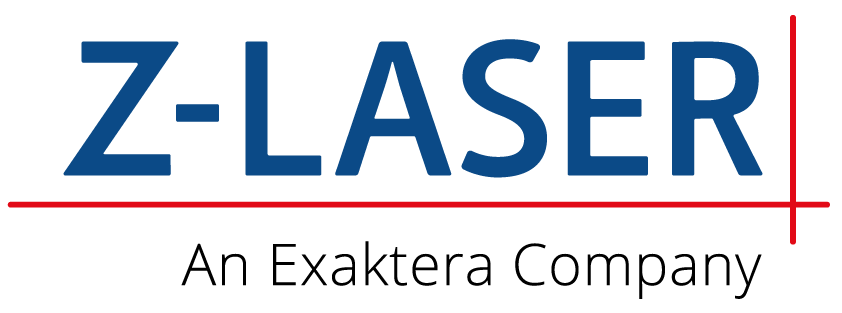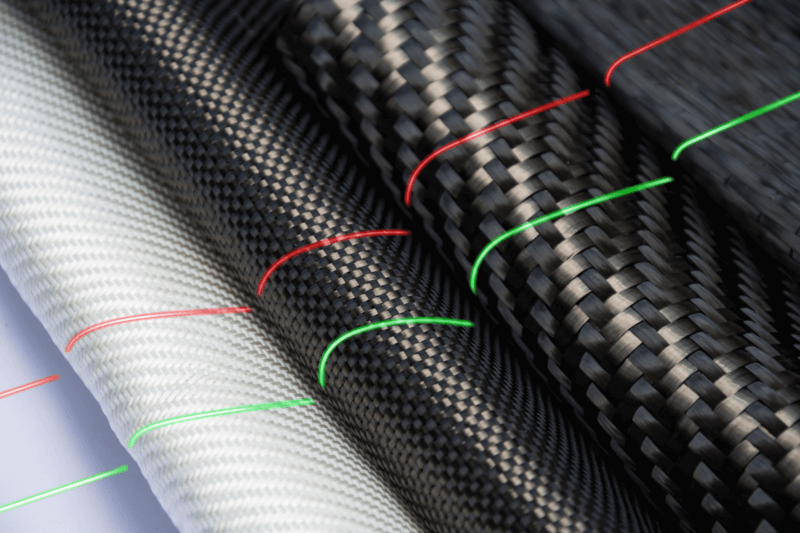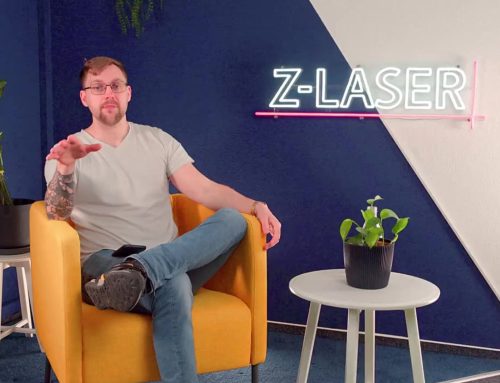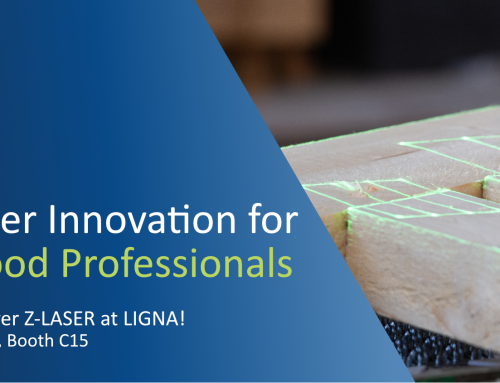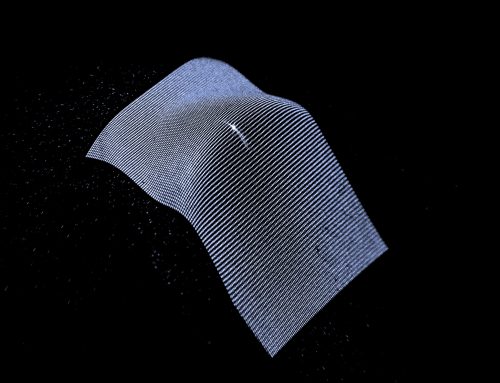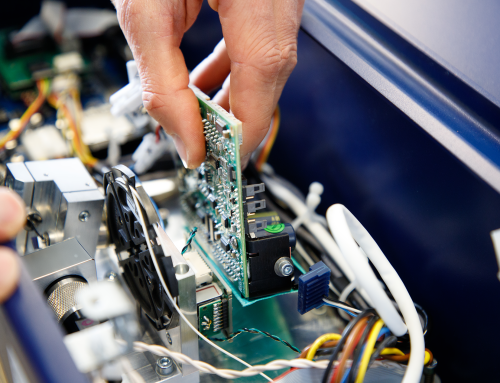Extremely resilient and at the same time extremely light – these are the two properties that everyone thinks of when talking about carbon. The carbon fibre reinforced plastic (CFRP for short) has become an indispensable part of modern industry. In many areas it complements and replaces metal as a material. CFRP is many times lighter with the same load-bearing capacity.
In the processing of carbon, precision is required in each of the individual work steps so that the finished carbon part meets the highest standards.
First of all, the individual carbon mats are cut to size. These are then placed in several layers and in previously precisely defined patterns and distances from each other in the shape of the future CFRP part. It is precisely at this step that the use of Z-LASER laser modules represents a real gain in time and precision.
Use of laser projectors
Complicated shapes or molded parts are difficult to image with line lasers. In such cases, the use of laser projectors often makes more sense. With the help of the laser projector, even complex shapes can be displayed, which is a great advantage especially when laying out carbon fibre mats with tricky shaped cuts. These can now be designed to the millimetre using the projected shape. Here too, the advantages lie in the time and cost savings, as well as in ensuring the consistent quality of the finished CFRP parts.
Shown here using the example of rotor blade production for wind turbines:
Laser projectors are suitable for:
- Precise positioning of complex fiber mats
- Use without direct sunlight
Advantages of laser projectors:
- Projection of complex shapes
- Individual work steps and different positions and shapes can be displayed
- You can quickly switch between individual projections/shaped parts
- Considerable savings potential in production time, with simultaneous quality improvement possible
Recommended products:
Do you have questions about the use of laser projectors? Our Sales Manager Roland Fritz (fritz@z-laser.de) will be happy to assist you.
Use of line lasers
The use of line lasers is often useful for molded parts with long edges. The laser lines then show the contact edge of the individual carbon fibre mats exactly (and thus replace the time-consuming measuring and manual marking of the position). These can thus be applied quickly, efficiently and precisely. The result is not only a remarkable saving of time, but also an increase or assurance of highest production quality in the laying process of the individual carbon fibre mats and thus a higher stability of the manufactured component.
Line lasers, for example, indicate precisely the contact edges for fibre mats in the lay-out forms:
Line lasers are suitable for:
- laying and aligning fibre mats on long elements and simple shapes
- For use in bright environments
- Advantages of line lasers:
- Very well visible lines (even in direct sunlight)
- Low-cost implementation
- High accuracy of line projection
- Simple and fast alignment through precision mounts
- Reduction of the production time, with simultaneous increase in quality
Recommended products: - ZM18B-lhi90a red and green with H6/H8 precision mounts
- Z40RG-F-532-lg90 with H8-40 precision mounting
Advantages of line lasers:
- Very well visible lines (even in direct sunlight)
- Low-cost implementation
- High accuracy of line projection
- Simple and fast alignment through precision mounts
- Reduction of the production time, with simultaneous increase in quality
Recommended products:
- ZM18B-lhi90a red and green with H6/H8 precision mounts
- Z40RG-F-532-lg90 with H8-40 precision mounting
Do you have questions about the use of line lasers? Our Sales Manager Stefan Frei (frei@z-laser.de) will be happy to help you.
Completion of the carbon parts
The carbon fibre mats precisely laid out in the moulds are then embedded in a plastic matrix. The matrix serves to connect the fibres and to fill the spaces between them. Depending on the application, epoxy resin, other thermosets or thermoplastics are used as the matrix.
Depending on the process used, further processing steps are then carried out, in which the workpieces are dried, pressed and/or baked. Subsequently, a mechanical finishing is carried out. During this process, the components receive their final contours, drill holes and possible cut-outs for fixtures. Our lasers can also be used here as positioning aids for sawing, drilling or cutting.
We would also be pleased to support you
Would you also like to optimize and make your production steps more efficient by using our laser modules? Contact us – we will be happy to advise you and help you find the optimal laser module for your application.
